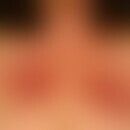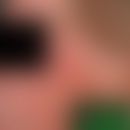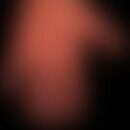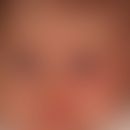DefinitionThis section has been translated automatically.
Mite- and allergen-proof covers made of membrane laminates or fabrics coated with polyurethane for mattresses and pillows.
IndicationThis section has been translated automatically.
To protect the house dust allergy sufferer from the allergens in mattresses and pillows, especially house dust mites. Atopic eczema, bronchial asthma, rhinitis allergica, conjunctivitis allergica, mite crustacean mollusc syndrome, allergy.
Note(s)This section has been translated automatically.
Medical encasing materials that have proven their worth include Allergocover from Allergopharma; Curaderm Protection from Lohmann. The majority of federal and state subsidies refuse to cover the costs of encasing products, citing the rulings of several administrative courts (VG Arnsberg, AZ.2K 5706/94; VG Saarland, AZ.3.K 87/94). They take the view that, as a rule, they are to be regarded as everyday consumer goods. It is recommended to contact the health insurance company in advance of the purchase with regard to a possible participation.
LiteratureThis section has been translated automatically.
- Halken S (2003) Effect of mattress and pillow encasings on children with asthma and house dust mite allergy. J Allergy Clin Immunol 111: 169-176
- Klimek L (2013) recommendation yes, refund uncertain. Allergo J 22: 136-137
- Kütting B et al (2001) The mite crustacean mollusc syndrome. dermatologist 52: 708-711
- Ricci G (2000) Effect of house dust mite avoidance measures in children with atopic dermatitis. Br J Dermatol 143: 379-384
- Rijssenbeek-Nouwens LH (2002) The effect of anti-allergic mattress encasings on house dust mite-induced early- and late-airway reactions in asthmatic patients. A double-blind, placebo-controlled study. Clin Exp Allergy 32: 117-125



